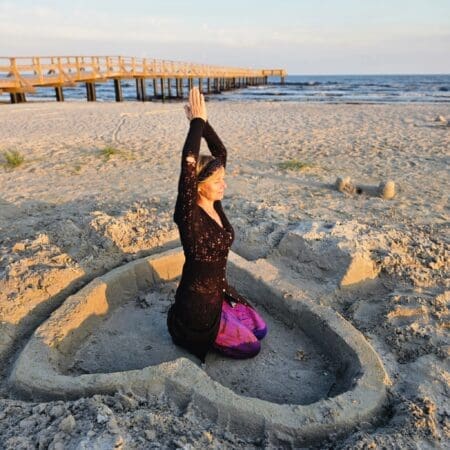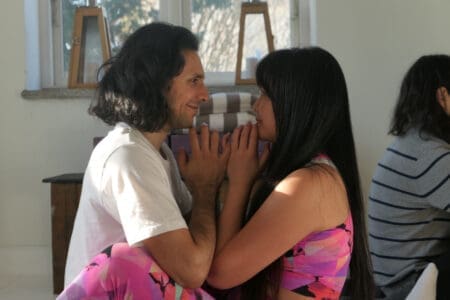yogi living
Yogi Living is a boutique Scandinavian wellness center hosting unique yoga retreats in the serene landscape of Skåne, southern Sweden.
Our retreats blend yoga, breathwork, and meditation to restore balance to your body, mind, and heart. Whether you’re seeking peace, inspiration, or a sense of love, you’ll leave feeling fulfilled, grounded in your practice, and more awake to life’s possibilities.
Knowledge without love can only lead to destruction
Krishna Murti

Love
Open your heart and let love flow through your whole body. As you step through the door at Yogi Living, a beautiful journey of freedom, joy, and the exchange of love begins.

Connection
Yoga from the heart is the yoga of relationships—both with yourself and with others. It helps you create build more profound and loving connections than you may have experienced before.

Inner Peace
Open your heart and let love flow through your whole body. As you step through the door at Yogi Living, a beautiful journey of freedom, joy, and the exchange of love begins.
What our yogis say
experiences at yogi living retreat center





Yoga Retreats in Sweden and India

Booking from May 1st (Limited Spaces)
Tantra for couples invites you to
dance with your partner’s soul, and deepen your bond.

Booking Now (Limited Spaces)
Through kundalini yoga
you elevate not just yourself, but the world around you.

Booking from May 1st (Limited Spaces)
When you come for a prana yoga retreat you don’t escape life,
you rediscover it.

Booking Now (Limited Spaces)
In the silence of a retreat, the answers that have eluded you in the noise of life come into focus.

new
Booking Now
A couples yoga retreat is about reconnecting, but through movement, presence, and shared breath.

Booking Now
Come for the yoga—lose yourself in the serene beauty of Skåne in southern Sweden.

Availible soon
Tantra yoga grounds us in the present moment, and love makes that moment worth cherishing.

Yoga For Weight Loss
Availible Soon
Through yoga, weight loss is a natural result of improved mind-body connection.

Available Soon
In the silence of a Swedish forest, awaken the part of you that feels alive and free.
Tantra Yoga
Discover the power of self-love and expanded awareness. Tantra Yoga helps you connect with yourself and others, nurturing harmonious relationships.
Kundalini Yoga
Awaken your radiant self! Kundalini awakening is key to creating inner peace, unconditional love, and higher states of consciousness.
Prana Yoga
Detox your mind and body through breath. Prana Yoga uses mindful breathing to release stress, boost the immune system, and support vibrant health.
Recent Blogs
Surya Kriya connects you to the sun’s radiant energy, aligning body, breath and soul with its life-giving power. Instantly deepen your yoga practice!
I'm here all alone for a week at a tantra festival at one of Scandinavia's spiritual hubs. Everywhere around me, there are people hugging and smiling.